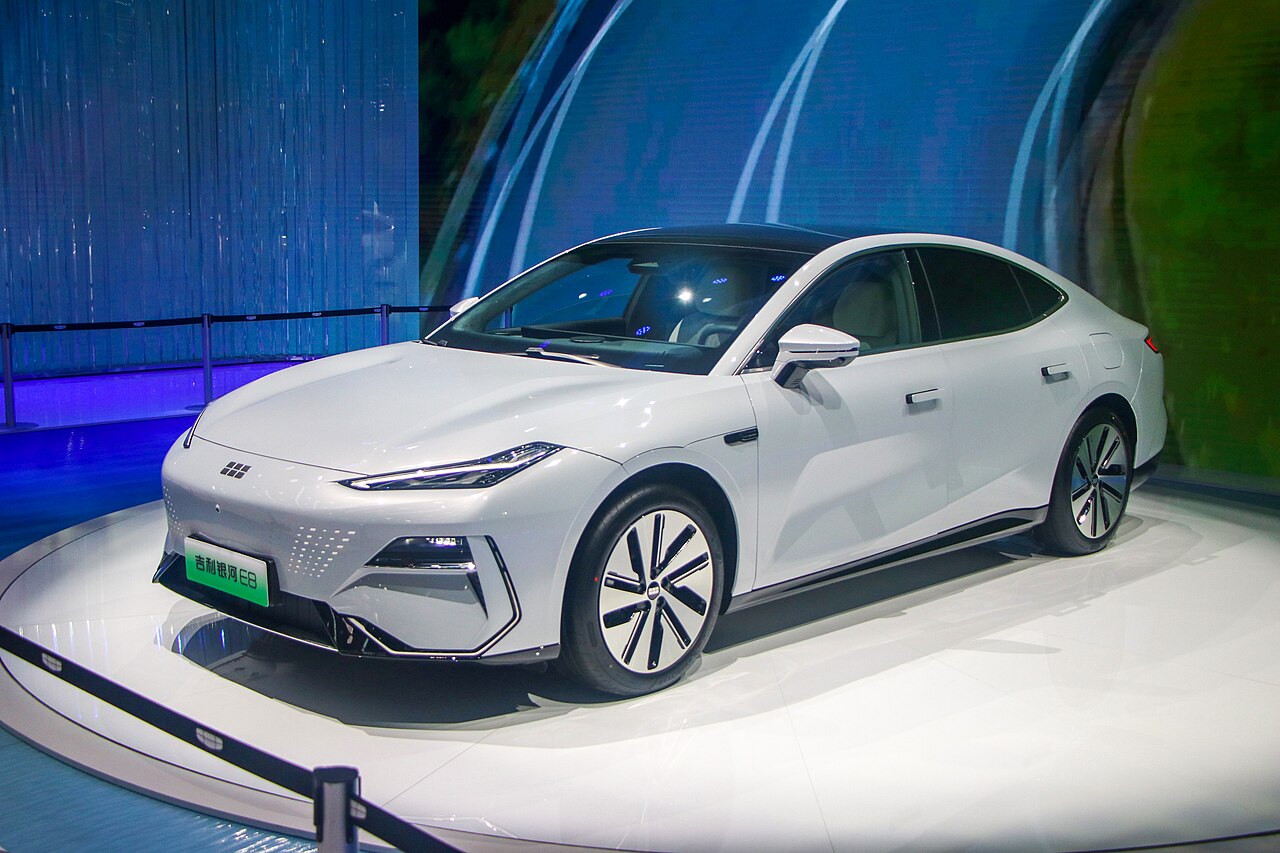
Beyond Tariffs & Subsidies – How China’s EV Dominance is Shaping EU Trade Strategy

Over the past years, China has propelled itself as the world’s biggest car manufacturer and exporter, overtaking Germany and Japan. Most notably, China has become the world leader in electric vehicles (EVs). In response to this rising EV production and export capacity, several countries have implemented tariffs on Chinese EVs in an attempt to localise manufacturing. The EU has also imposed tariffs on Chinese EVs despite internal and external opposition. American and European policymakers have justified this stronger trade stance on the basis of so-called “overcapacity” and the argument that Chinese carmakers are propelled to market dominance due to excessive subsidies. This paper refutes this narrative in the specific case of electric vehicles, arguing that while direct subsidies did play an important role, they are not the singular reason why China’s EVs have become globally competitive. Furthermore, there is currently no overcapacity in EV manufacturing. Rather than purely subsidy-oriented, China’s momentous rise is due to wide-spanning policy measures. This strategy included tariffs, local content requirements, and measures inducing vertical integration within the value chain as well as internal competition between Chinese car manufacturers. Nevertheless, European tariffs on EVs – used in a strategic and considerate manner in combination with increased investments in local value chains – can be a useful policy tool to localise manufacturing and create a level playing field, contributing to European and Chinese competitiveness in EVs alike.
This paper was originally published by Ghent University and can be found on their website.
(Photo credit: Wikimedia Commons)